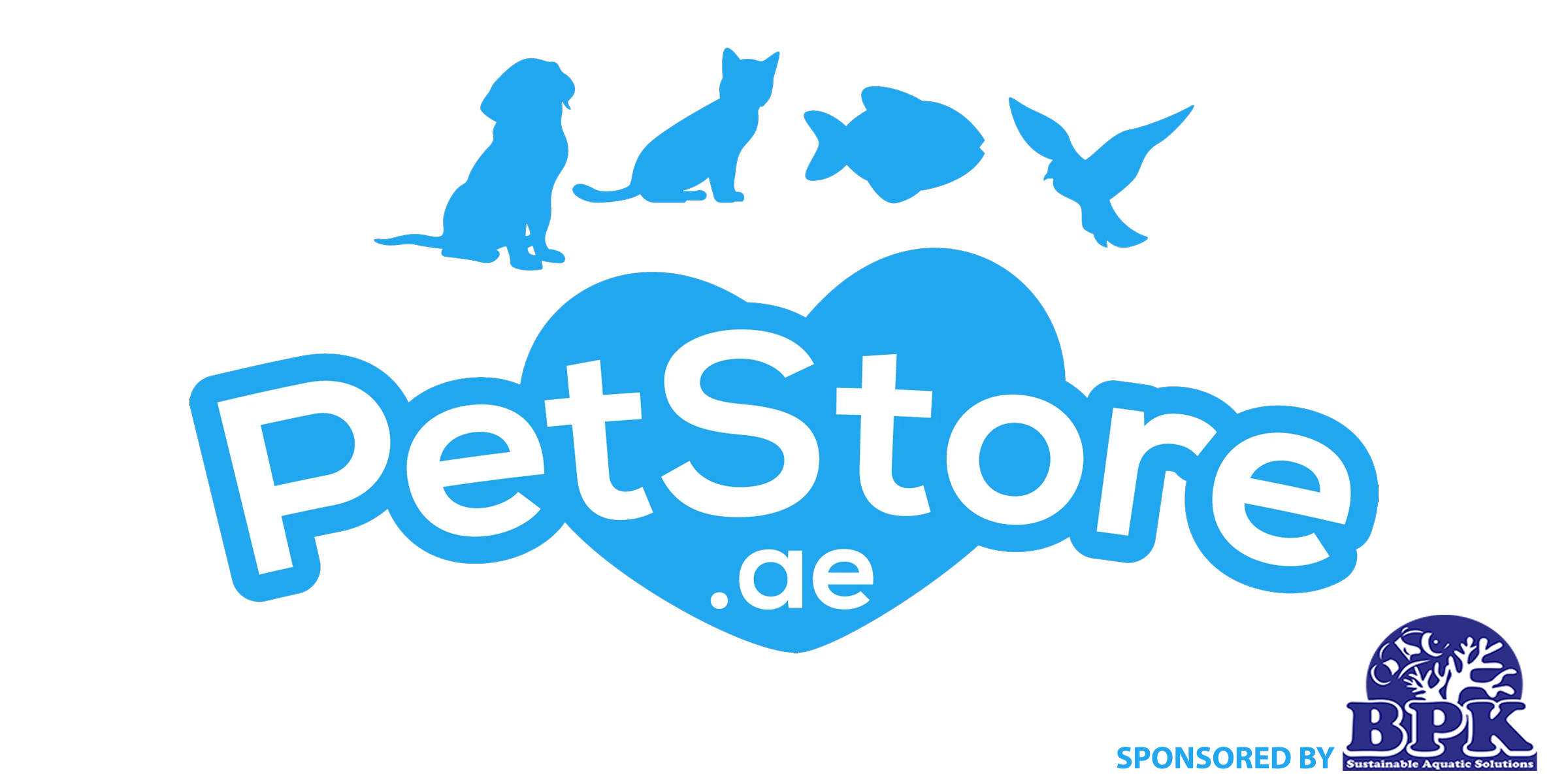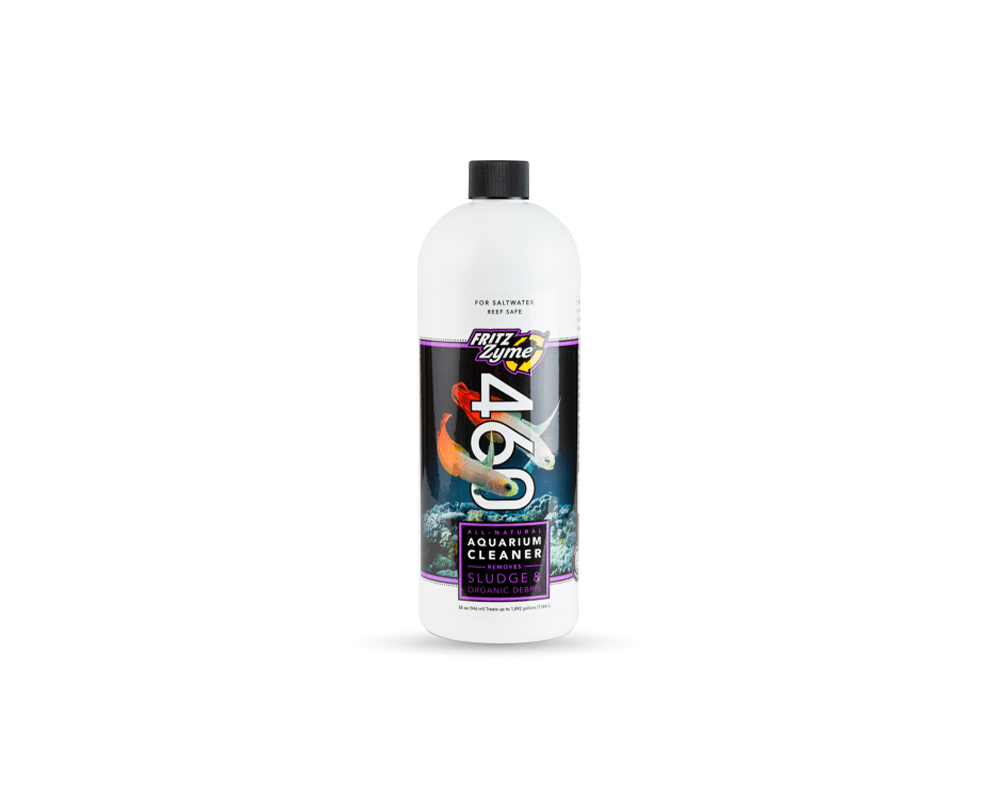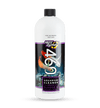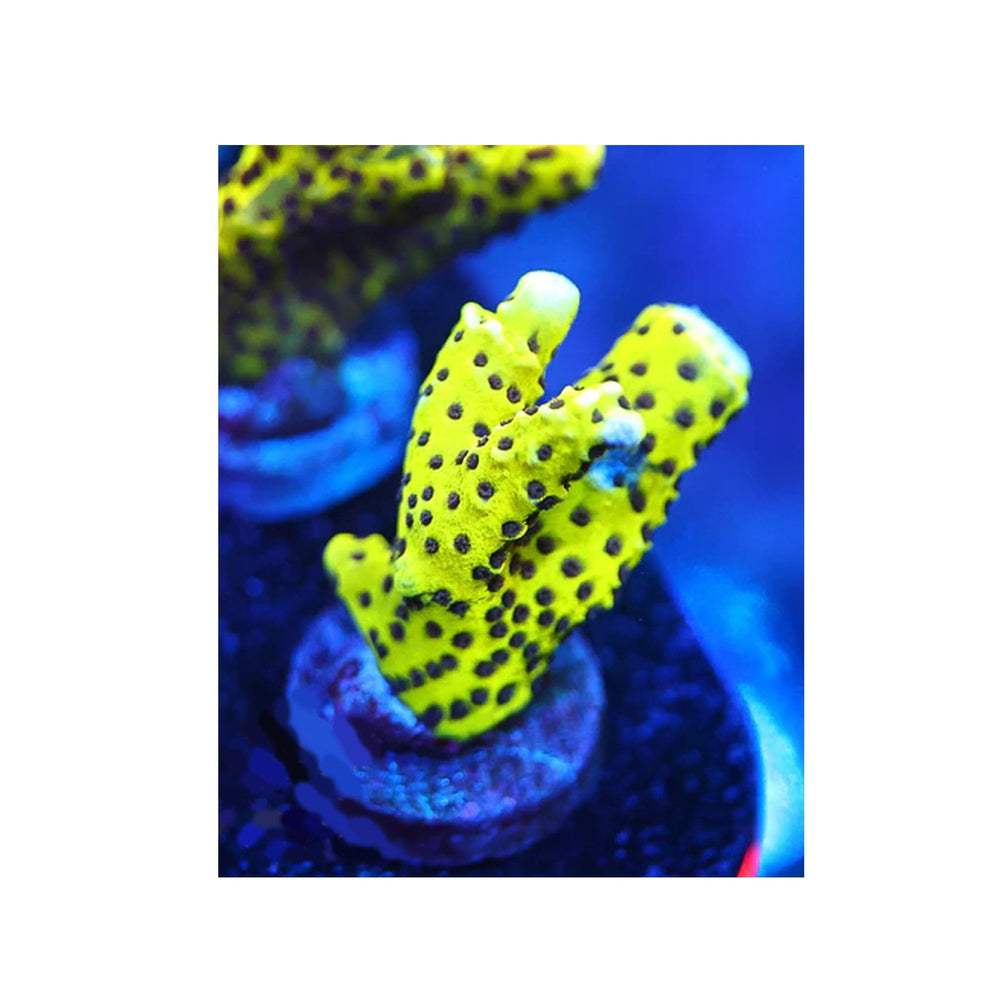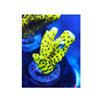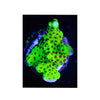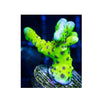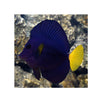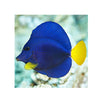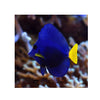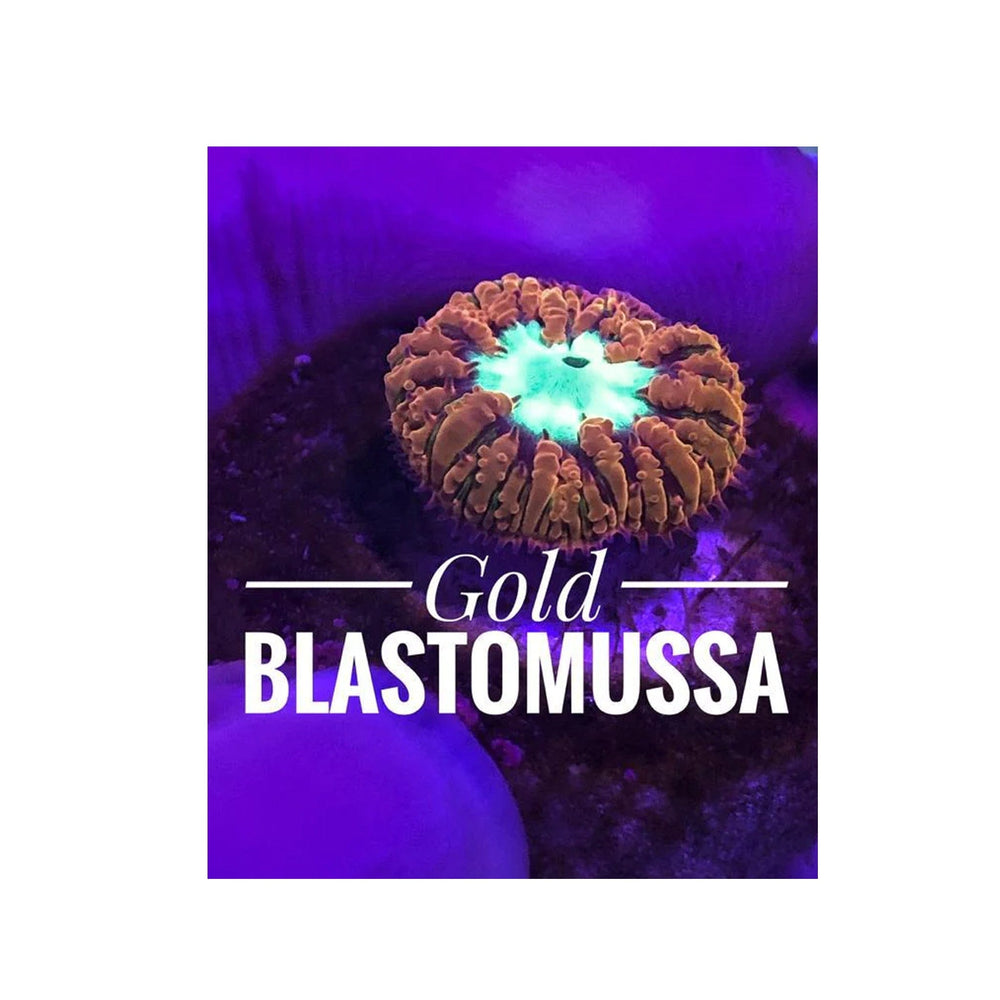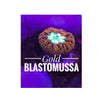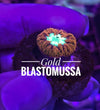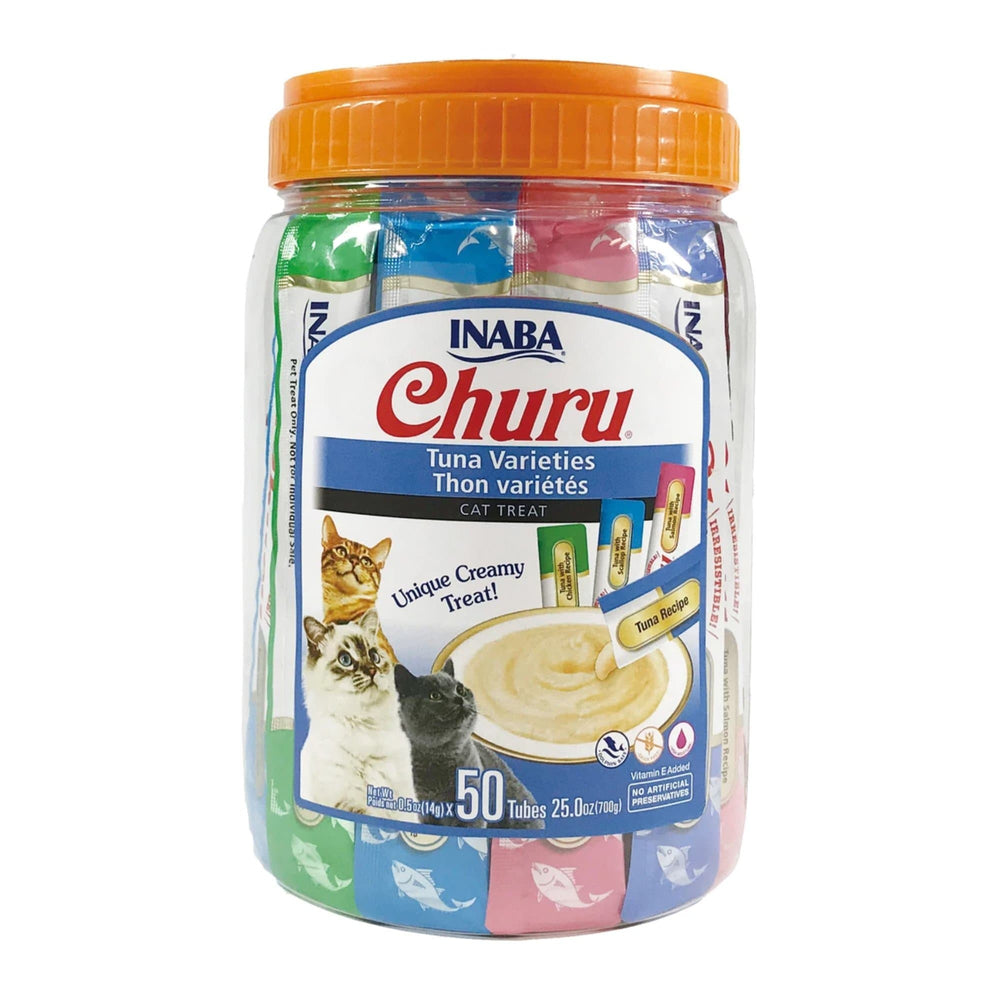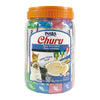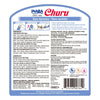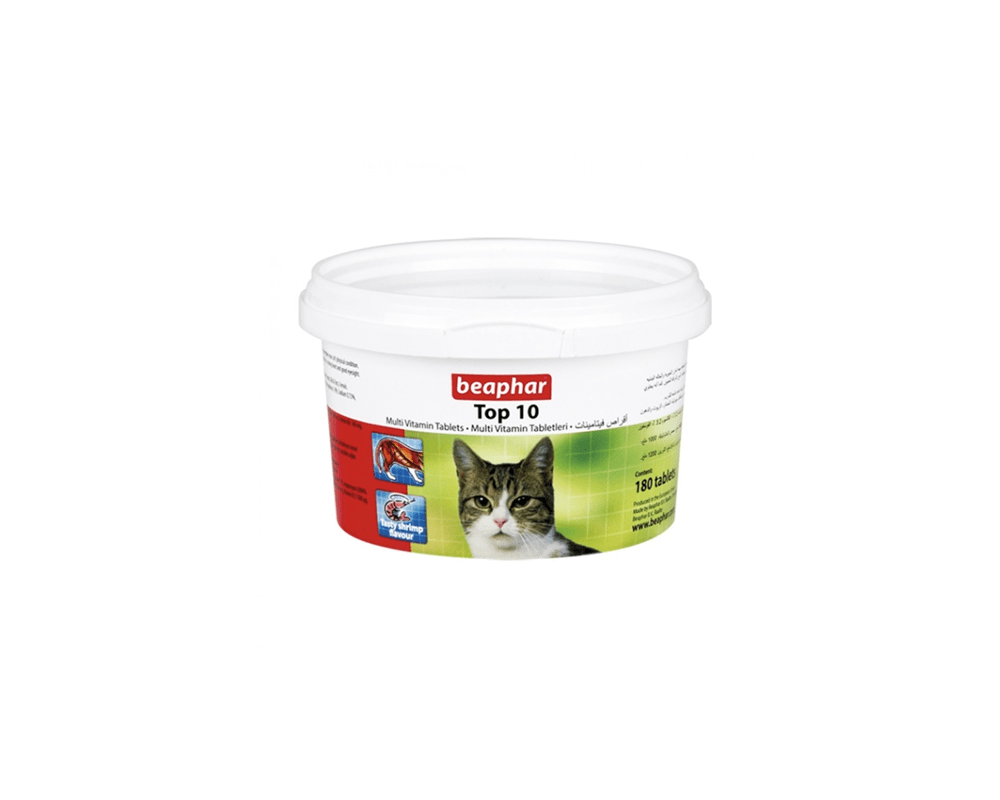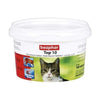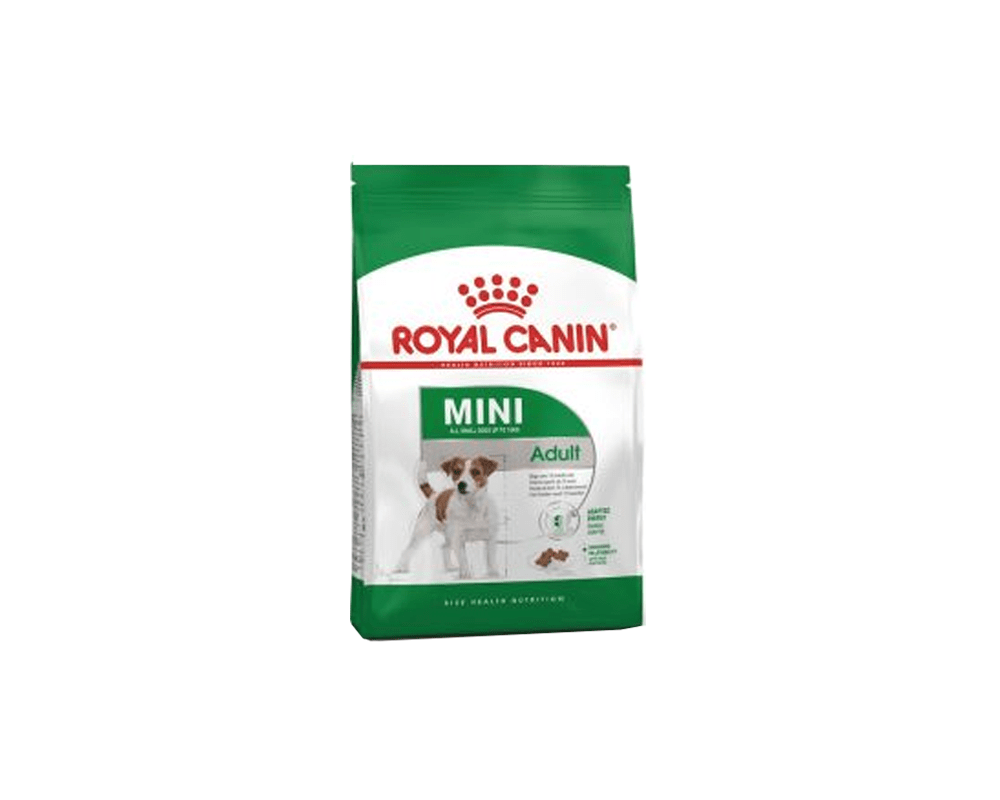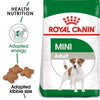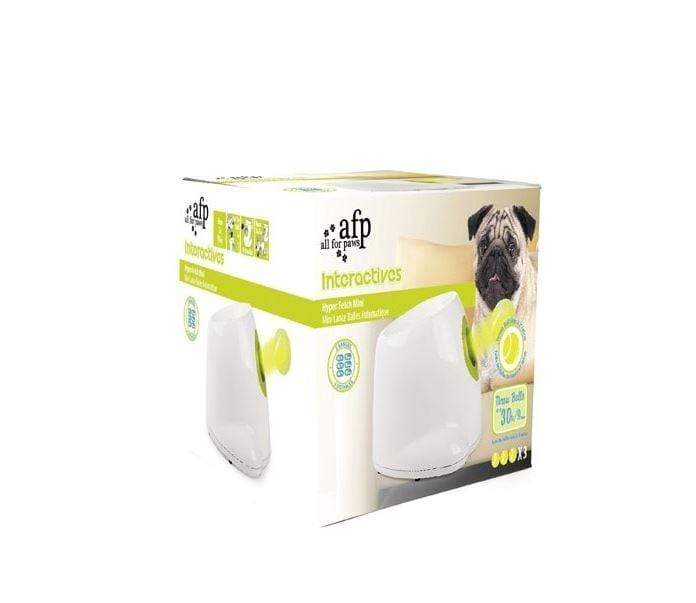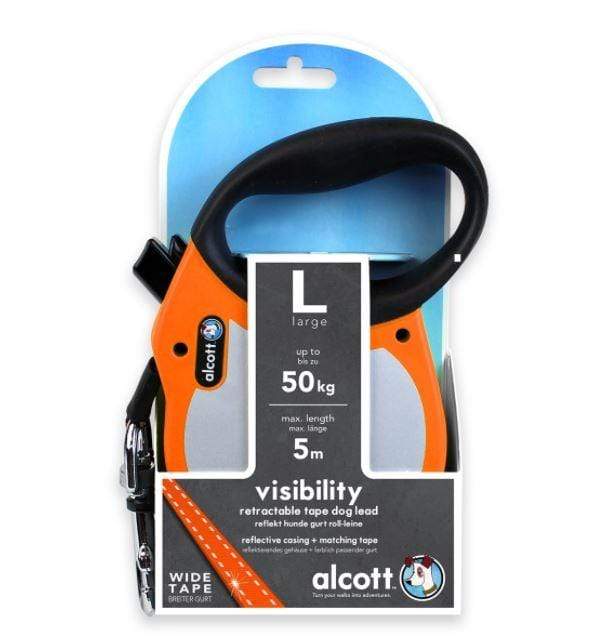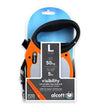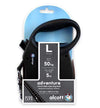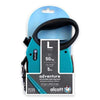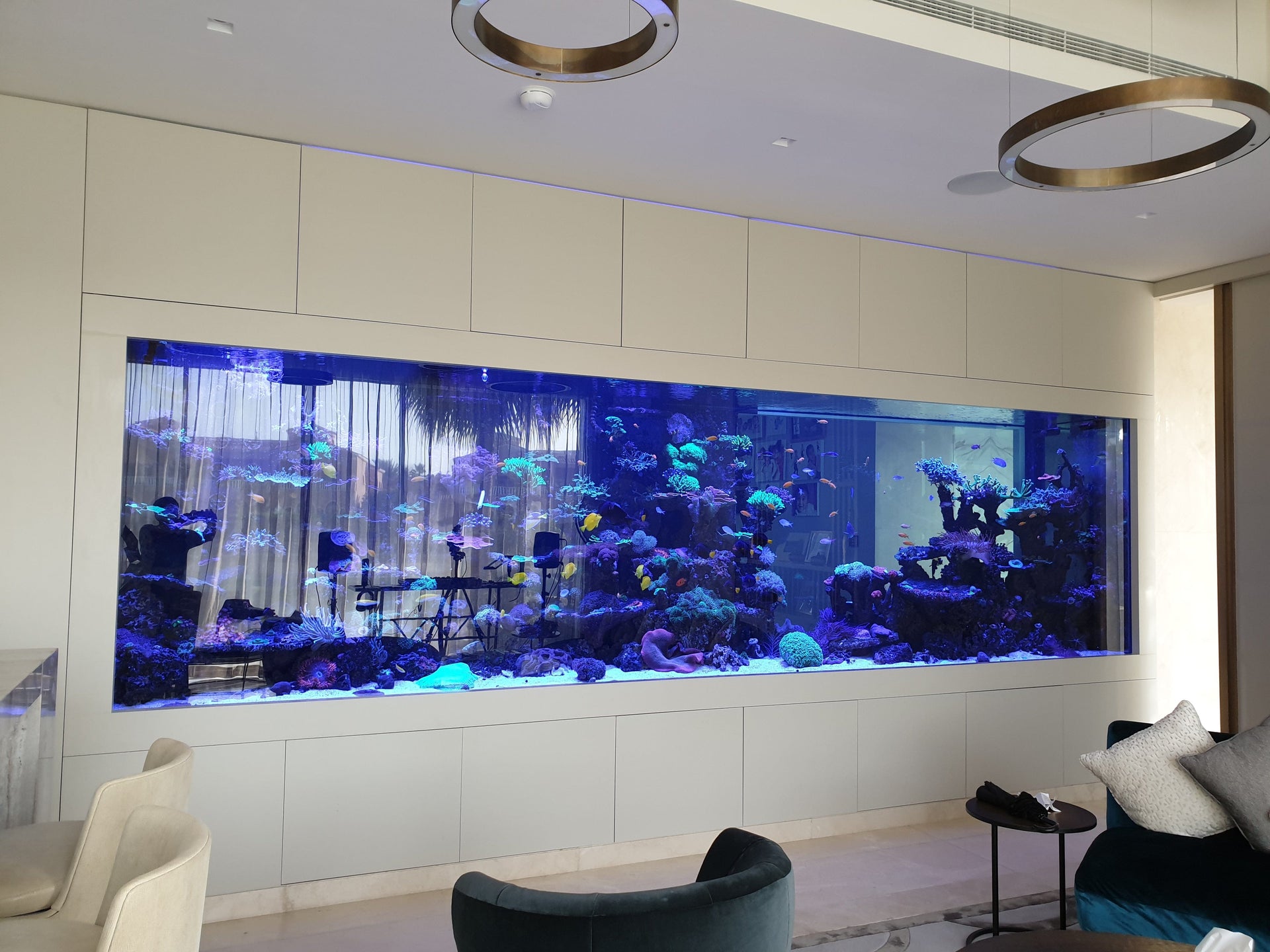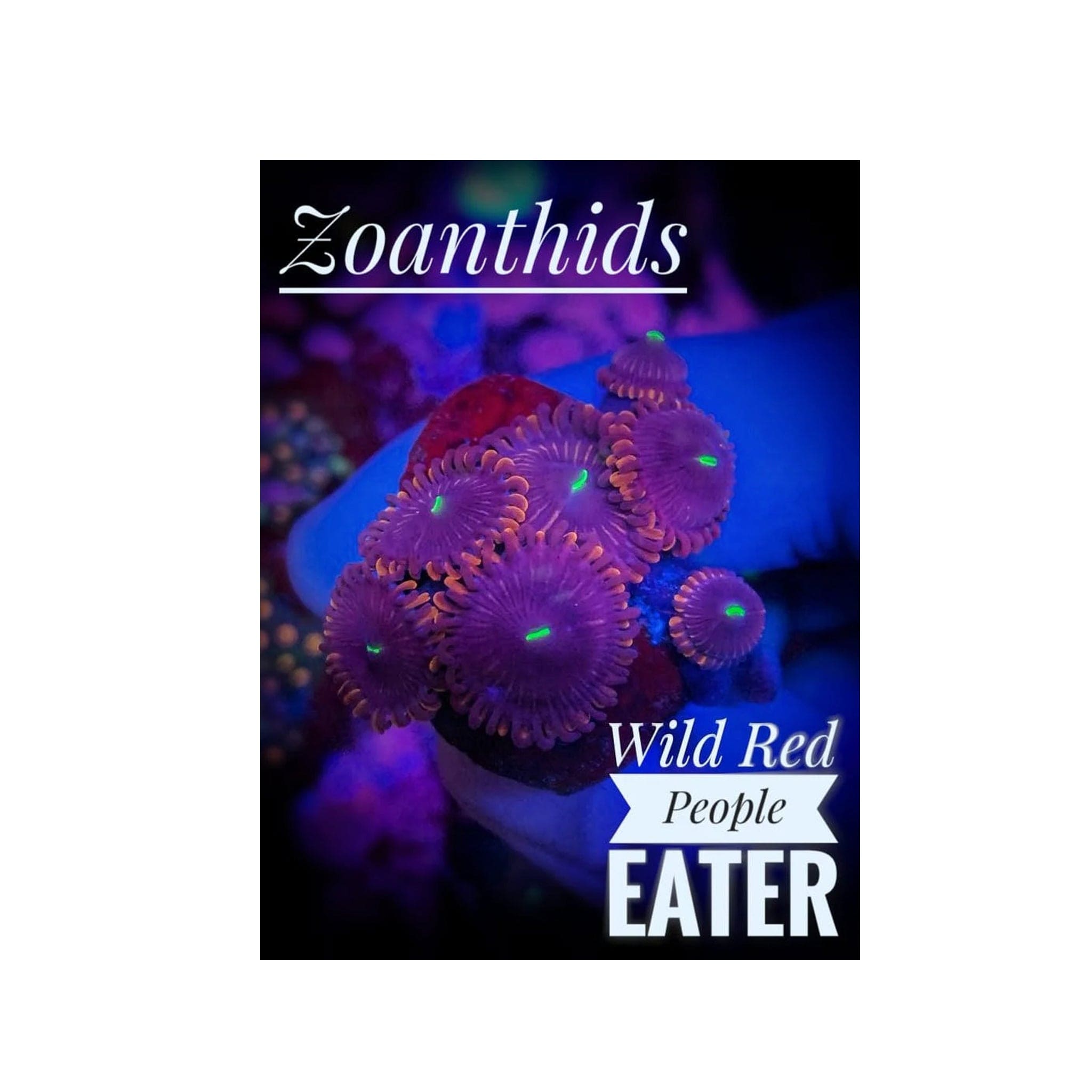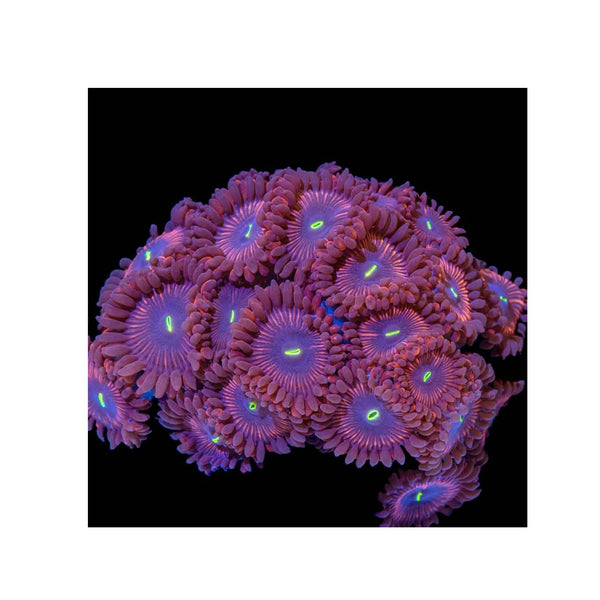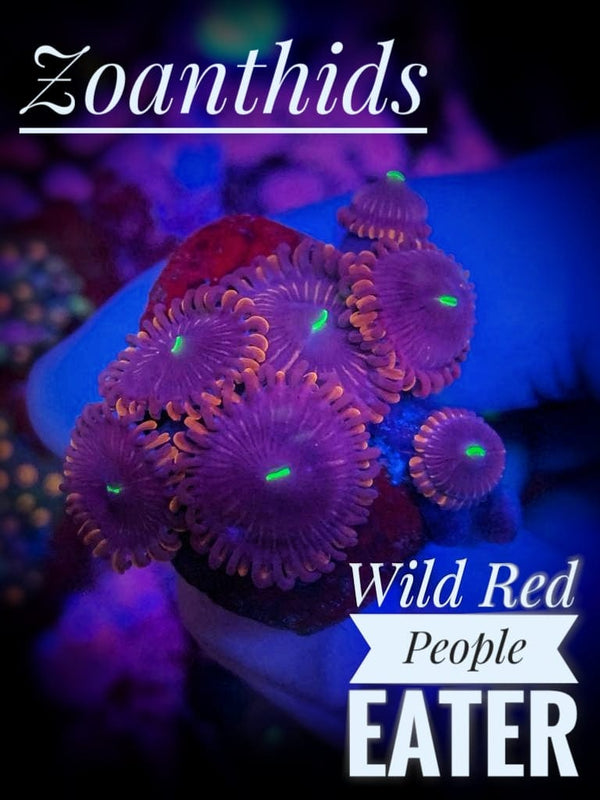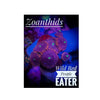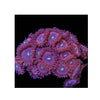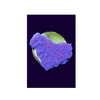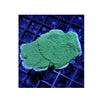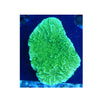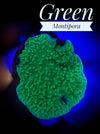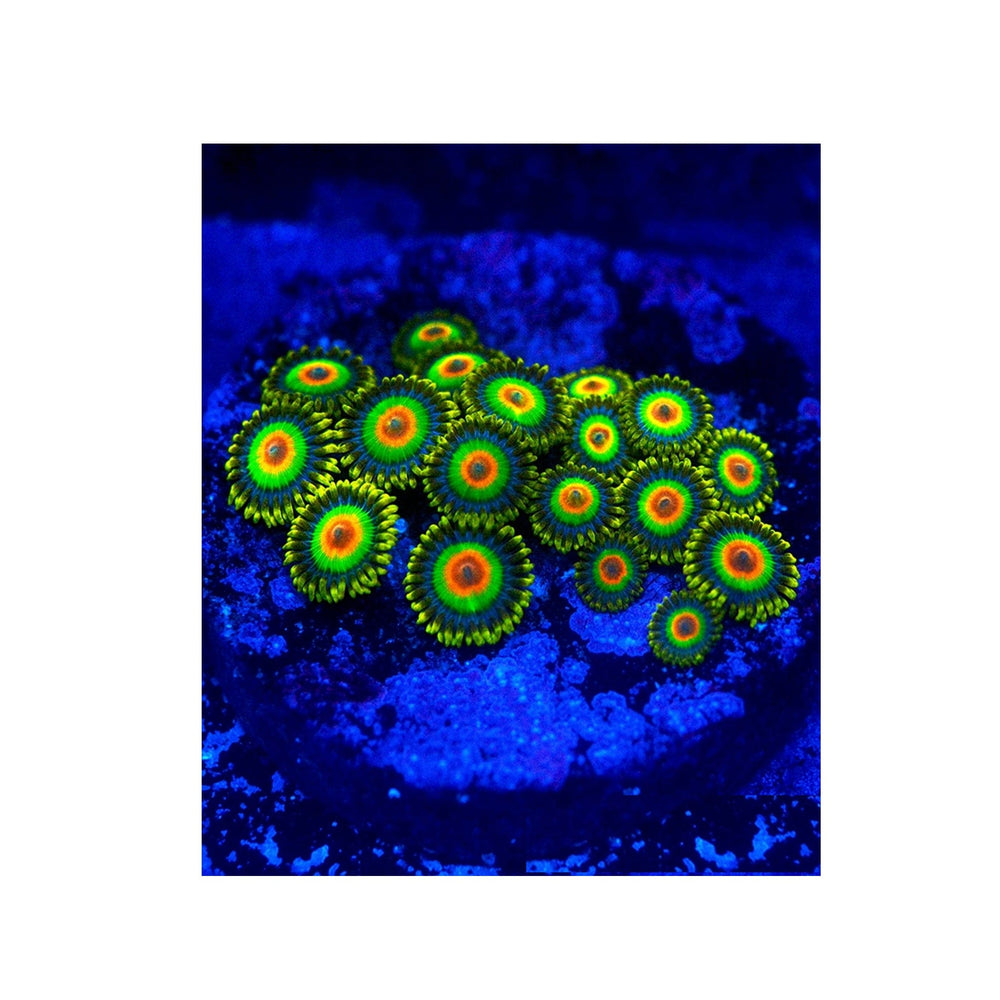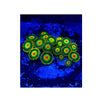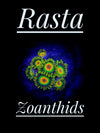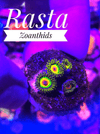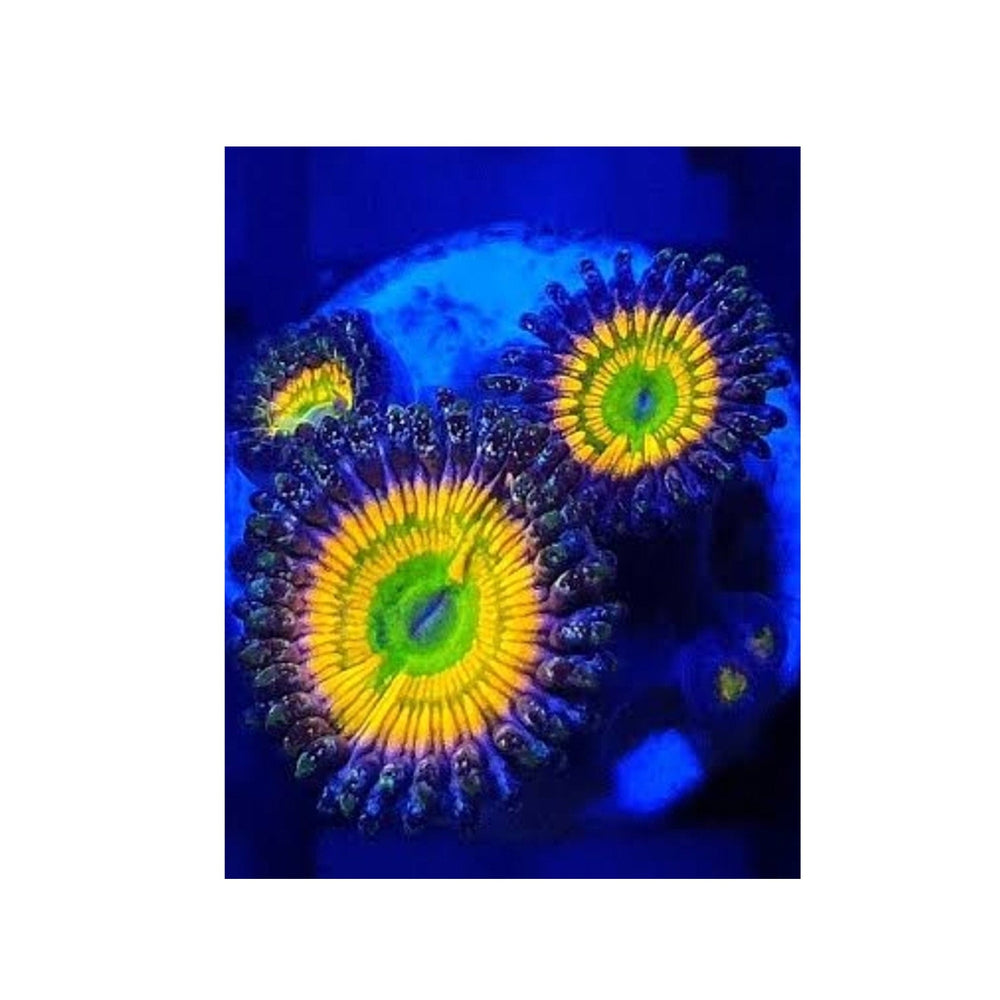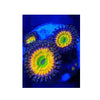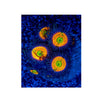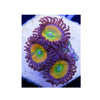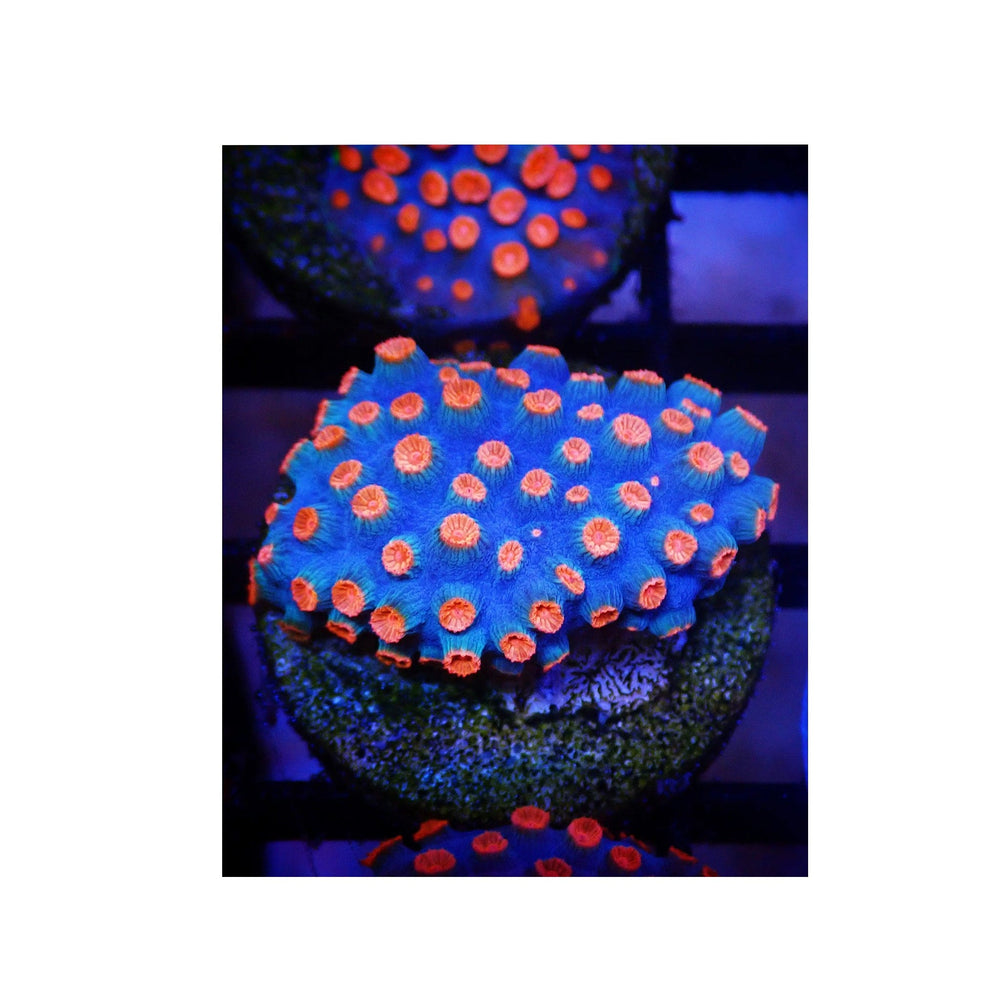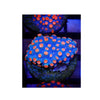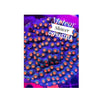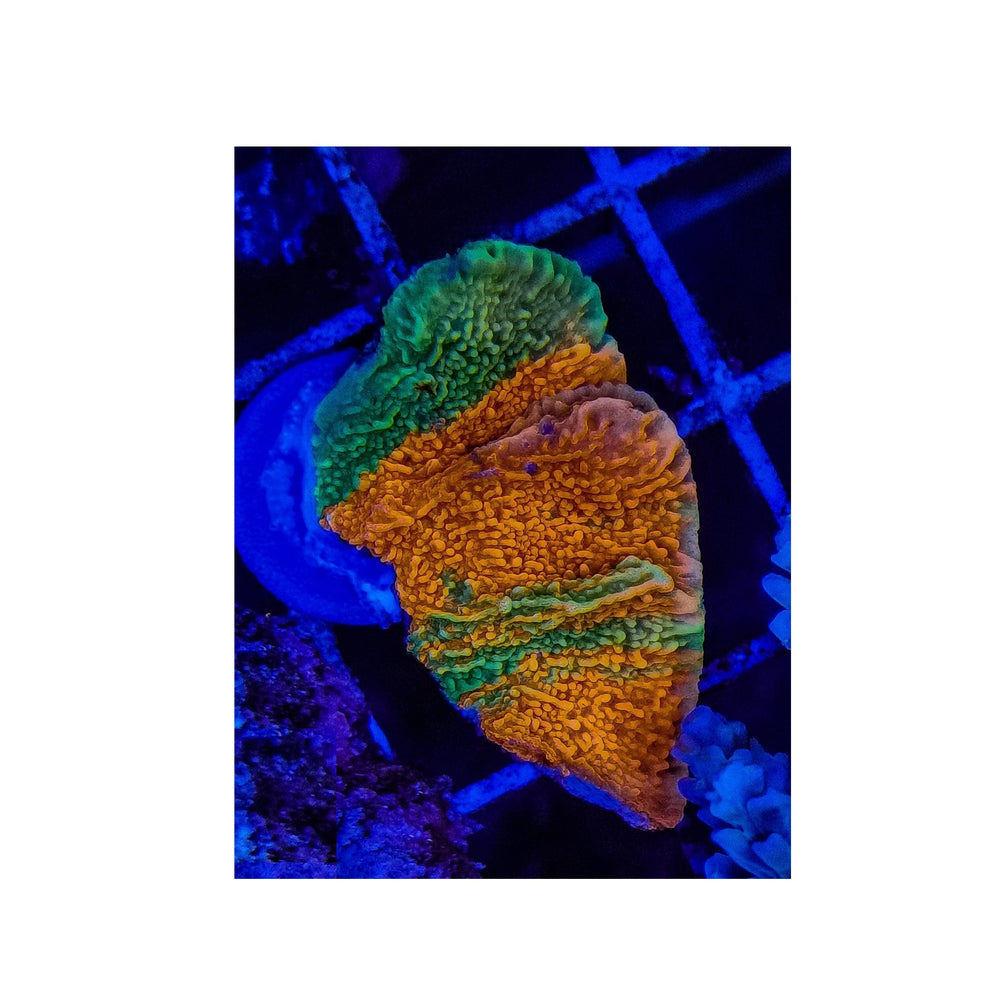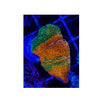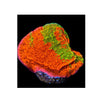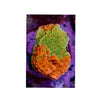|
Red People Eaters Zoanthid Polyps are by far one of the more popular species of Zoanthidae found within the aquarium hobby. They have a large oral disc that because of its large size causes many hobbyists to confuse them with similarly colored Palythoa species,(Zoanthus gigantus). Red People Eaters Zoanthid Polyps are an excellent coral species for a wide variety of aquarium sizes and hobbyist skill levels, as they are equally at home in the beginners nano aquarium as that of the advanced reef aquarium hobbyists full blown reef tank. They are easy to feed, and easy to propagate. Red People Eater Zoanthids are considered relatively slow growers, but overall a very hardy zoanthid species. Like all of our polyps they are aquacultured specimens, many generations removed from the original wild starter colonies.
Keeping your parameters at the standard level will help these corals stay happy. Set your salinity between 1.024 and 1.026. Your pH should range around 8.3 and your temperature should stay between 77 and 82 degrees Fahrenheit.
Aggressiveness They can be aggressive if they get close to another coral. Polyps will crowd out other corals by stinging them as they grown in and around another coral.
Water flow They do well in moderate to strong water flow.
Lighting They require medium to strong lighting. If a Par meter is available the appropriate lighting level is anywhere from a Par 100 all the way to a Par 250. For lighting spectrum use between a 14-20K color spectrum for your bulbs for best coloration.
Placement Red People Eaters Colony Polyps will continue to spread or colonize nearby rocks, they can be separated from other coral species by providing gaps between the rock aqua-scaping, in order to create a boundary to limit the carpeting or horizontal growth of the Polyps. Proper placement is important when keeping Polyps with other corals, as Polyps will crowd out other corals around them.
Diet and Feeding Red People Eaters Colony Polyps receive the vast majority of their nutrition through the symbiotic algae zooxanthellae contained within the coral. They receive other nutrients from dissolved minerals that they filter from the water currents. They will also benefit from the addition of reef supplements containing calcium, magnesium, iodine and trace elements. They can also be periodically offered meaty foods like micro-plankton, baby brine shrimp and other similar fare.
Caution Some Zoanthid's secrete a poison through their mucus known as palytoxin. Palytoxin is extremely dangerous, and it affects humans in a very adverse way. The toxin enters the system via open wounds, ingestion, and injection. What is highly recommended with these Zoanthids and Palythoa when handling, is to wear protective gear, such as gloves and goggles, and to use tongs or tweezers to avoid any contact with skin.
|
